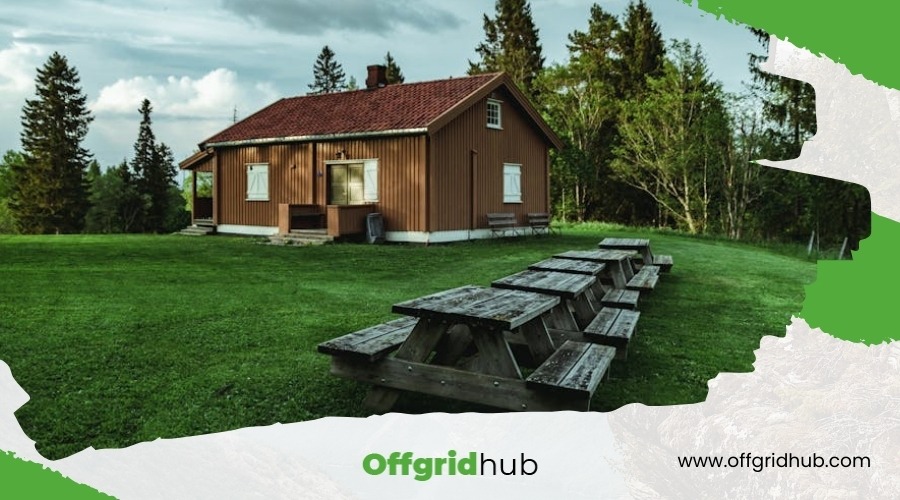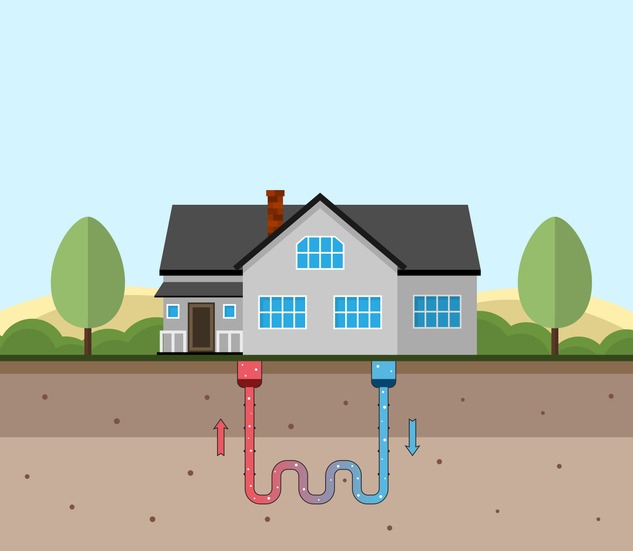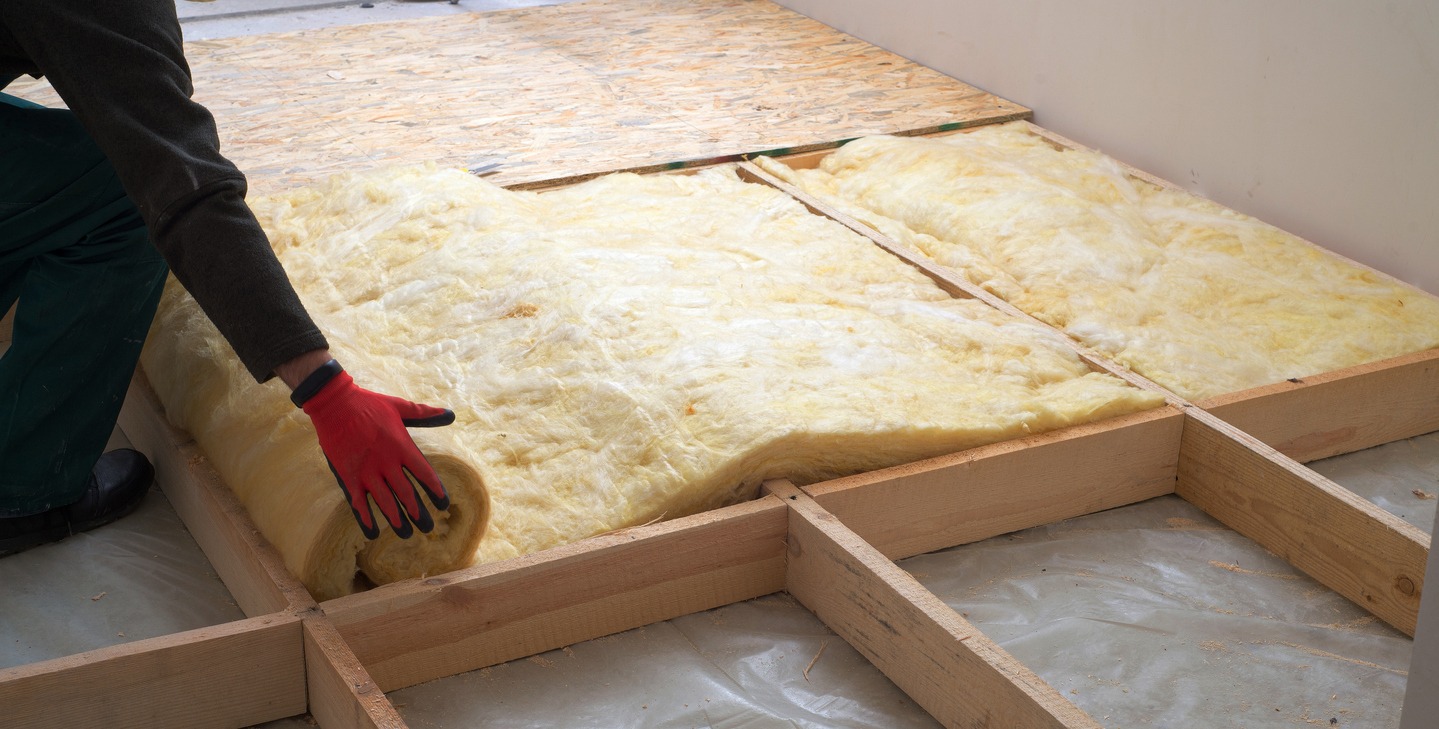You’ve probably thought heating and cooling your tiny home off-grid would be as easy as opening a window or lighting a candle, right? Well, the reality is a tad more complex and fascinating. Options like solar power solutions and wood-burning stoves are just the tip of the iceberg.
You’re now standing at the threshold of understanding how propane systems, geothermal heating, passive cooling, and strategic insulation can transform your tiny abode into a comfortable haven year-round. The nuances of each option, from efficiency to environmental impact, beckon for a closer look.
Why stick to conventional methods when a world of innovative solutions awaits your exploration?
Solar Power Solutions
How can solar power revolutionize heating in your tiny home?
Solar power solutions are transforming the way we think about off-grid heating, especially in tiny homes. By harnessing the sun’s energy through solar panels, you can power electric heaters, radiant floor heating systems, or heat pumps, ensuring your space remains warm and comfortable. This method isn’t only efficient for homes in remote locations but also significantly minimizes the environmental impact by reducing reliance on traditional fuel sources.
Solar power, a renewable and sustainable energy source, is ideal for tiny homes aiming to maintain a low carbon footprint. The key to a successful off-grid solar heating system lies in ensuring your home gets adequate sunlight exposure and investing in battery storage. This storage is crucial for maintaining consistent heating, even when the sun isn’t shining.
Wood-Burning Stoves
Turning to wood-burning stoves, you’ll find they offer a reliable and cozy heating solution for your tiny home, along with the added bonus of cooking capabilities. Not only do these stoves bring efficient heating to small spaces, but they also infuse your living area with a rustic charm that’s hard to beat. For a deeper dive into the benefits and considerations of wood-burning stoves in your tiny home, consider the following points:
- Cozy Warmth and Cooking Capabilities: Wood-burning stoves provide a unique combination of warmth and the ability to cook, making them a two-in-one solution in your tiny home.
- Efficient Heating for Small Spaces: Their design allows for the efficient distribution of heat, perfect for the compact nature of tiny living.
- Rustic Charm: The aesthetic appeal of wood-burning stoves adds a touch of rustic charm to your space, enhancing the ambiance.
- Versatile Heating Solution: You can burn various types of wood, making it easier to source fuel and maintain a comfortable temperature.
- Safe Operation and Regular Maintenance: Proper installation, clearance, and regular cleaning are essential for safe operation and optimal performance.
Propane Heating Systems
While wood-burning stoves offer a touch of rustic charm, propane heating systems present a clean, efficient alternative for warming your tiny home. These systems are a favorite among off-grid tiny homes for their clean-burning properties and high efficiency. They provide a great deal of flexibility in both placement and usage, which is a boon if you’re constantly on the move or situated in remote locations.
Propane heaters come in a variety of sizes and types, ensuring there’s an option to meet the specific heating needs of your tiny space. Whether you need a small, portable unit or something more substantial, there’s a propane heater designed for small sizes and efficient operation. This variety also means that you can find a heating solution that’s both cost-effective and reliable, an essential consideration when living off-grid.
The beauty of propane heating systems lies in their ability to operate independently of grid-tied power, making them an ideal choice for those living remotely. With proper maintenance and consistent fuel availability, these heaters can keep your tiny home cozy and warm, even in colder climates, ensuring you’re comfortable no matter where you choose to settle.
Geothermal Heating
Diving into the heart of the Earth, geothermal heating offers an efficient way to manage your tiny home’s climate, leveraging the planet’s stable temperatures for both warmth and coolness. This innovative system taps into the earth’s consistent warmth, circulating a special fluid through underground pipes to either absorb or dispense heat. Here’s why it’s a game-changer for off-grid tiny homes:
- Eco-friendly: Significantly reduces carbon footprint by utilizing renewable earth energy.
- Efficient heating and cooling: Takes advantage of the earth’s stable temperature for year-round comfort.
- Long-term cost savings: Though upfront costs are higher, you’ll save on energy bills in the long run.
- Consistent climate control: Provides steady heating and cooling, regardless of the weather outside.
- Simplicity: Once installed, it requires minimal maintenance, making it ideal for the off-grid lifestyle.
Geothermal heating isn’t just an eco-friendly choice; it’s a smart investment in the future of your tiny home. By harnessing the power of the earth, you’re ensuring consistent heating and cooling, reducing your environmental impact, and setting yourself up for significant long-term savings. It’s an efficient, sustainable solution for anyone looking to live off the grid.
Passive Cooling Techniques
After exploring the benefits of geothermal heating, let’s now focus on passive cooling techniques, an equally important aspect for maintaining comfort in your off-grid tiny home. Passive cooling is all about smart design and leveraging nature to keep your space cool without heavy reliance on electrical cooling systems.
Here’s a quick guide to harnessing passive cooling:
| Technique | Description | Example |
|---|---|---|
| Insulation | Reduces heat gain | Use high R-value materials |
| Shading | Limits direct sunlight | Install shade trees or trellises |
| Ventilation | Enhances natural airflow | Design windows for cross ventilation |
| Reflective Roofing | Reflects sunlight | Use materials like cool metal |
| Thermal Mass | Absorbs and releases heat | Incorporate concrete or stone |
Utilizing natural airflow through strategic window placement can greatly enhance your tiny home’s ability to stay cool. Reflective roofing materials are a game-changer in reducing heat absorption. Moreover, don’t underestimate the power of thermal mass materials; they can absorb excess heat during the day and release it at night, promoting a natural cooling effect. Also, consider planting shade trees or using trellises with climbing plants for added cooling benefits. Together, these passive cooling strategies can significantly improve the livability of off-grid tiny homes.
Insulation and Weatherproofing
Proper insulation and weatherproofing in your tiny home are crucial for maintaining a comfortable living environment, ensuring that heat stays in during winter and out during summer. Achieving this balance is key to both temperature regulation and energy efficiency, especially in an off-grid setting. By focusing on comprehensive insulation and weatherproofing techniques, you’ll find that heating and cooling your tiny home becomes more effective and less energy-intensive.
Here’s how you can enhance your tiny home’s insulation and weatherproofing:
- Seal gaps and cracks around doors and windows with weatherstripping to prevent drafts and energy loss.
- Install insulated curtains or blinds, which act as reflective barriers against heat in summer and retain warmth in winter.
- Use high-quality insulation materials like spray foam, rigid foam, or wool for walls, floors, and ceilings to maximize temperature control.
- Weatherproof your windows and doors with proper sealing techniques to eliminate air leaks and maintain consistent indoor temperatures.
- Consider reflective barriers in your roofing or walls to deflect heat away from your tiny home during hot weather, enhancing cooling efficiency.
Conclusion
In conclusion, heating and cooling your tiny home off-grid doesn’t have to be a challenge. You’ve got a variety of options, from solar power solutions and wood-burning stoves to propane systems, geothermal heating, and passive cooling techniques.
Don’t forget the importance of solid insulation and weatherproofing to make any system you choose more effective. By weighing the pros and cons of each, you’ll find the perfect fit for your needs, ensuring you stay comfortable year-round without breaking the bank.




